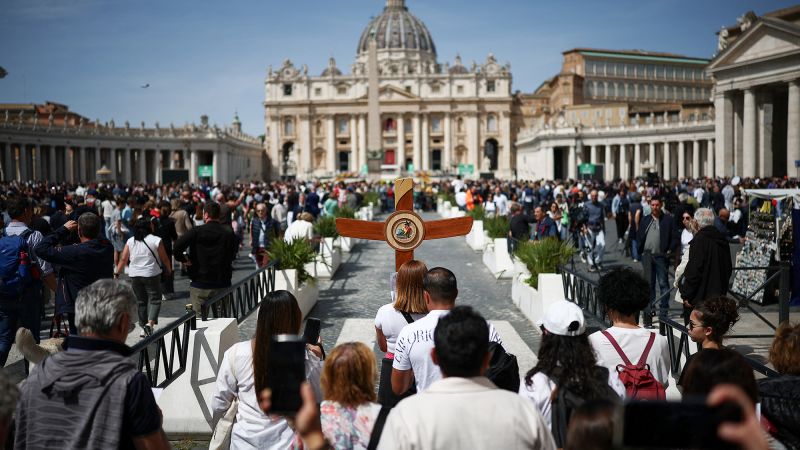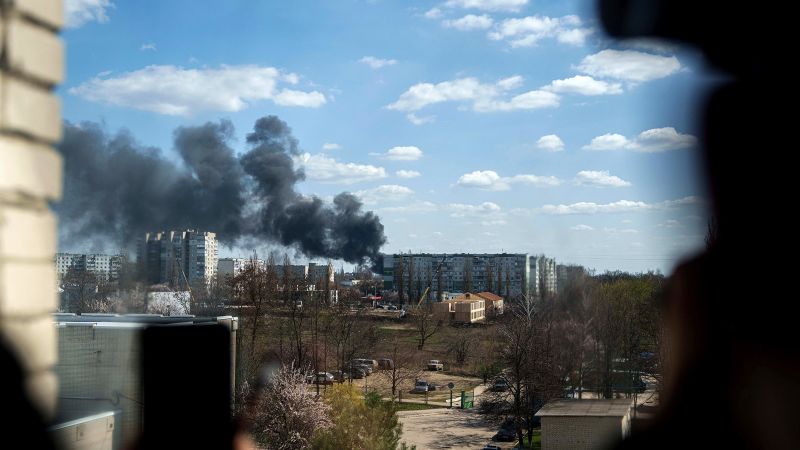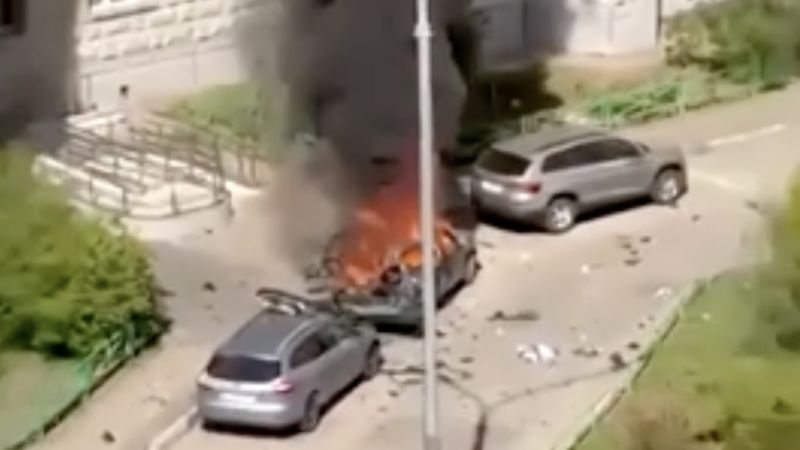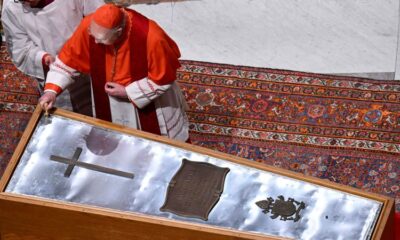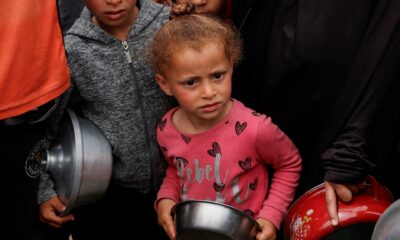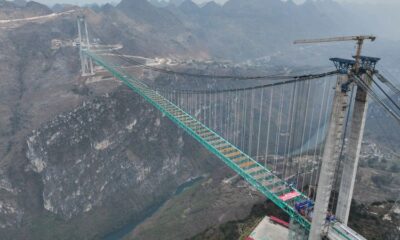Rome
CNN
—
During the Francis papacy, the role of women in the church emerged as a pressing priority, with Catholics across the globe calling for change.
The Argentine pontiff listened, breaking some important glass ceilings in the Vatican when it came to appointing female leaders to senior positions. He chose to make gradual changes that, to the outside may have seemed like small steps, but were huge leaps to those on the inside.
The pope appointed the first woman leader of a department in the church’s central administration and the first female president of the office governing the Vatican City State. Francis also chose the first women to sit at the board level in the church’s central administration, including at the influential department for choosing bishops.
By 2023, 10 years into his pontificate, the percentage of women in the Vatican workforce had risen from 19.2 to 23.4%. More broadly, Francis gave women the power to vote for the first time at a major global gathering of bishops, known as a synod, and formally opened up non-ordained ministry roles as he sought to increase participation.
On Holy Thursday last year he broke with tradition by travelling to a female prison in Rome to wash the feet of 12 women prisoners. It was the first time a pontiff had only washed the feet of women in the annual ceremony that emphasizes humility.
But while the pope made some landmark reforms, many will be hoping that his successor moves further, and faster, and there was sometimes sharp criticism of his stance on the role of women in society.
Kim Daniels, the director of Georgetown University’s Initiative on Catholic Social Thought and Public Life and a Vatican adviser on communication, said the pope had “made significant strides towards greater inclusion of women in church decision-making” and that his reforms to broaden participation would be key to his legacy.
But “much more remains to be done,” she told CNN, and “increasing the presence of women in leadership roles is critical to effective reform and should be an urgent priority.”
The lack of opportunity for women in the church is likely to come into sharp focus during the forthcoming papal conclave: Only members of the all-male body which is the College of Cardinals will vote on who will become the next pope.
It highlights a wider concern that Catholics across the world have raised in recent years: That while women frequently make up a majority in the pews on Sunday, they are scarcely represented at the church’s decision-making levels. Although lay people are increasingly more involved in church administration, it is primarily bishops and priests who make final decisions.

The problem is exacerbated by the fact that women are on the front lines of the church’s work on the ground, with nuns providing healthcare and education in developing countries and plenty of women leading Catholic schools and universities.
On the question of female involvement in a conclave, some have argued that women could be made cardinals, given the role of a cardinal is primarily to advise a pope and elect his successor.
Sister Christine Schenk, an American nun, author and founder of international reform-focused group “FutureChurch,” said it was time to give a “deliberative voice” to women and lay people at “every level of the church,” adding that if the same model of electing a pope remains in place, “we need as many female cardinals as male cardinals at the conclave.”
A more realistic possibility in the short term is allowing women to once again become deacons, an ordained ministry distinct from the priesthood. Deacons can witness marriages, perform baptisms and preach during Mass. Those in favor point to evidence for female deacons in scripture and their presence in the early church right up until the Middle Ages.
Women deacons could also bolster the church’s presence in schools, hospitals and prisons, along with providing leaders for Catholic communities. Church leaders in the Amazon, where priests are in short supply, raised the question at a 2019 synod, calling on the pope to “promote and confer ministries for men and women in an equitable manner.” A 2024 synod concluding document, approved by the pope, said that the question of ordaining women as deacons should remain an “open” question.
To that end, several Vatican commissions were set up study the question of female deacons were established by Francis, although no findings were never made public.
Francis maintained the ban on women’s ordination as priests and deacons, something which disappointed those keen to see women in more visible church leadership roles, but insisted that decision-making and leadership doesn’t depend on whether someone is ordained. He repeatedly stated that the church is female and asked for theologians to help in trying to “de-masculinize” it.
Significantly, a live debate in the church about the role of women is being allowed to take place. Schenk described it as the most impactful shift during the Francis pontificate, ending the marginalization of “Catholics who wish to discuss full inclusion of women in every aspect of church ministry and decision-making.”
“The question Francis looked at is how to get more people involved in the work of the church, in as many ways and places as possible. That is why he appointed women to senior roles in the Vatican,” said Hofstra University Professor Phyllis Zagano, a member of the first commission on female deacons.
“On the question of women deacons, Francis was trying to deal with centuries of misogyny that misunderstood the role of women in the church and society. The synod process he started tried to get the church away from a male-only perspective and to look at women, rather than as a problem to be solved, but as able to be fully involved in the church’s work. Restoring women to the ordained diaconate reinforces the trajectory the church has been on.”
Despite the various ways Francis initiated reforms and made appointments, there is still a long way to go until women are given greater roles and responsibility in the church. The next pope is likely to find this topic right at the top of his in-tray.
“Previously the Vatican – indeed many, if not most, prelates – were leery of even using the words ‘women’ and ‘ministry’ in the same sentence,” said Schenk. “Now such issues are being openly discussed – something long overdue and a sign of newfound strength and maturity in a church that no longer fears discerning (and) discussing changes in how we walk together as the People of God.”

